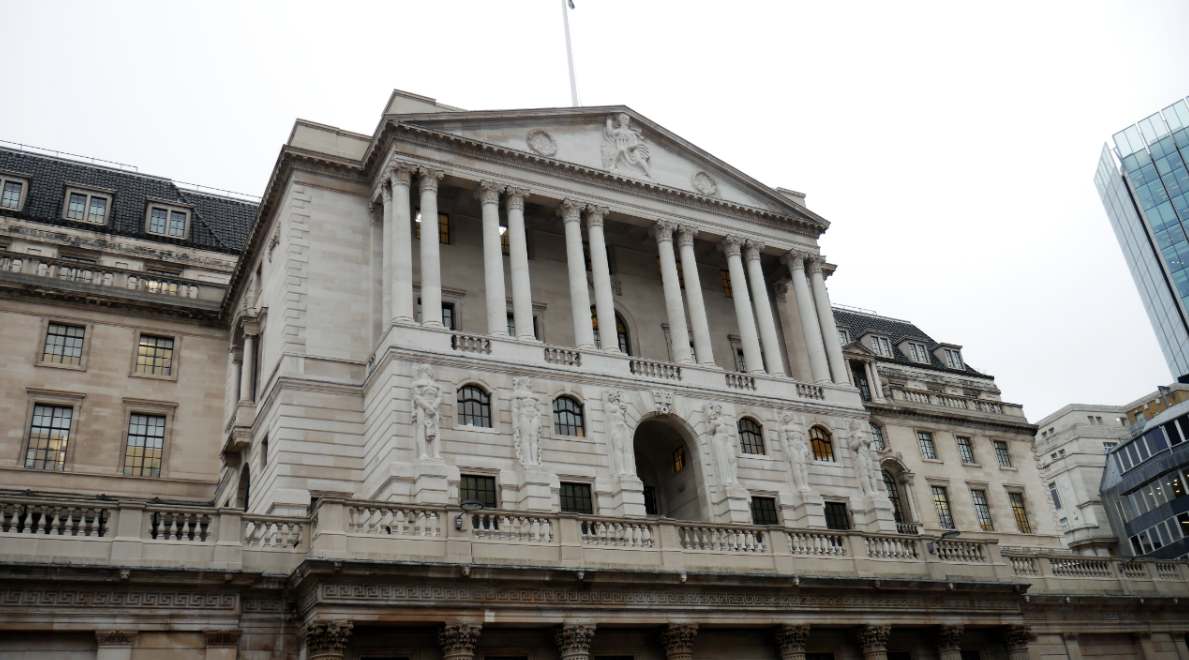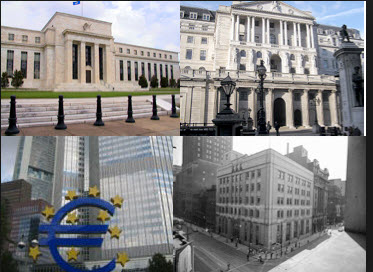With central bank indecision over interest rates here's a view from guest economist and respected monetarist John Hearn

A reappraisal of interest rates and market interest rates
Let us start by looking at the theories of interest rate determination.
Keynesians explain the market rate of interest using liquidity preference theory.The market rate is determined by the supply and demand for money where the supply of money is determined by the Central Bank and the demand for money is comprised of your desire to hold a proportion of assets in money that can be used for transactions, as a precaution against unexpected events and for speculation that the value of the money may rise.Here the market rate is established where the demand for money curve intersects the supply of money curve.
According to the Stockholm School of economics the loanable funds theory was the way to explain how market interest rates were determined.They argued that the demand for loans and the supply of savings determined the interest rate.
In the late 1930's John R. Hicks combined the two theories mentioned above in his ISLM model of interest rate determination.He said that as national income rose so the IS curve (loanable funds) sloped downward from left to right as savings and borrowings equated at lower rates of interest; while the LM curve (liquidity preference) sloped upward from left to right as the supply and demand for money was equated at ever higher rates of interest and, as all economists like, the IS and LM curves crossed at the equilibrium market rate of interest.
Now let us put aside the theories and concentrate on what would be the LEVEL and the STRUCTURE of interest rates if there was no government or Central Bank intervention.The level of interest rates is the average of all interest rates determined in financial transactions, while the structure of interest rates is all the different rates determined across financial markets, and best described using the acronym RAT i.e. here it is the risk, amount and term of the loan that determines a variety of rates.Payday loans may charge 2000%, unsecured credit card loans 20%, secured business loans 10% and secured mortgages may be 5%.These rates will be established under their own market conditions and collectively make up an average level for all interest rates that will exist if Central Banks do not intervene.
However, Central Banks do intervene.In the 1980's the Bank of England discussed whether the money supply and monetary demand should be managed by manipulating interest rates or by manipulating the quantity of money directly.It will help to envisage the money supply as two concentric circles.In the centre of a larger concentric circle is a small circle, about 5% of the total area, which comprises cash (printed and minted money).
The other 95% was created by bank loans and can be referred to as credit money.So one choice was to control the smaller concentric circle using cash constraints as these daily demands for cash would determine the overall size of loans; or, the banks could be requested to officially maintain 8% of their assets in cash, as happened in the 1960`s.
A second choice was for the Central Bank to control the larger concentric circle by raising interest rates to discourage lending or lowering rates to encourage lending. By affecting credit creation they could control the overall size of the money supply.Unfortunately they chose to control interest rates (read Decades of Mistakes: what the Bank of England got wrong in on my blog here
Since this decision was made the Bank of England has adjusted its Bank Rate and through the transmission mechanism other rates may have risen or fallen.In other words the Bank was changing the level of interest rates to manipulate the total money supply and therefore monetary demand.This managed rate caused some interest rates to move either side of the free market interest rate.Arguably in the 1980's this rate rose above the market rate and caused the demand for loans to fall.
This distortion, I remember, led banks to adopt other techniques to encourage loans as every few days letters would come through the post extolling the virtues of taking out a new loan.However, in most cases during this period the managed rate was just a little above or below the market rate and not too much damage was done.
The totally unexpected financial crisis in 2007/8 was different and to avoid deflation the Bank of England was talked into lowering Bank Rate from 5.75% to 0.5% over a relatively short period of time.The aim was to stop the contraction in bank lending that occurred after Lehman Brothers was allowed to go into liquidation.Reducing interest rates was not successful in boosting bank lending so the Bank introduced plan B which was the QE programme aimed at increasing the cash base of the money supply to compensate for, and to encourage more bank lending (read Understanding and Misunderstanding QE on my blog).
We are nearly into 7 years of an emergency bank rate of 0.5% which is significantly lower than the market rate of interest that prevailed before the crisis.Normalisation is talked about as Bank Rate needing to move back in stages to 5%.So what damage has 0.5% done over the last 7 years?It has not had much effect on payday loan rates, unsecured credit card lending or business investment rates.It has, however had two very damaging effects.The rates on secured lending on mortgages has gone down, because of the perceived low risk nature of this type of loan, and this has created a large group of new house buyers who will not be able to afford their repayments when interest rates normalise.
Also it has encouraged a large number of savers who are receiving returns of less than 0.5% to take risks and buy investments that they do not understand.The result has been a house price bubble and bubbles in other asset markets, such as stock markets around the world.These bubbles will burst (read The Bubble will burst...on my blog), leaving house buyers with negative equity and savers with losses on their unprotected capital values.

There is only one solution and that is to bite the interest rate bullet and return as quickly as possible to normalised rates close to, or at, market rates.It is unlikely that any one country, except perhaps the USA, can go it alone so the sooner the Bank of England, European Central Bank, Bank of Japan and Federal Reserve get together to raise rates the better for all economies.There will be fall-out but the longer it is put off, the greater the problem of adjusting to market rates will be. If all the Central Banks act together they will not improve their domestic situation, but they will remove the damaging side effect of volatile exchange rates.
At present, all the main Central Banks seem to be impotent and unable to understand the problems they have caused.They go to bed every night dreaming the Keynesian myth that demand management through low interest rates will eventually cause growth to accelerate, jobs to increase and standards of living to rise.The problem is that their low interest rate policy is not the solution to our problems - it is the main cause of our current difficulties.
John Hearn Oct 2015




